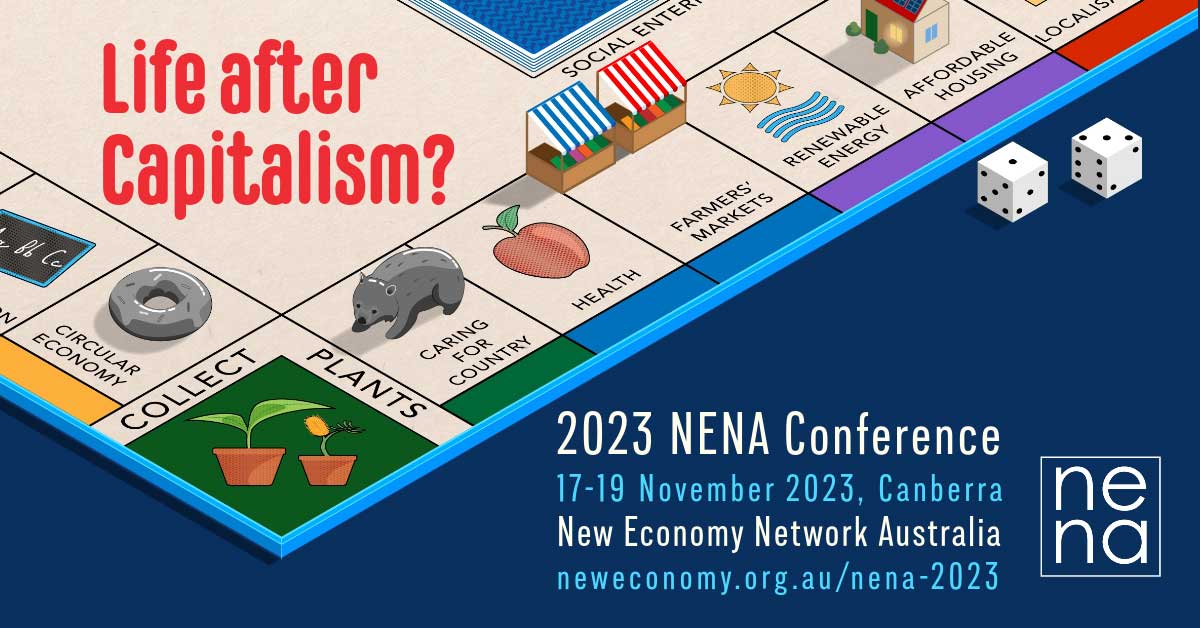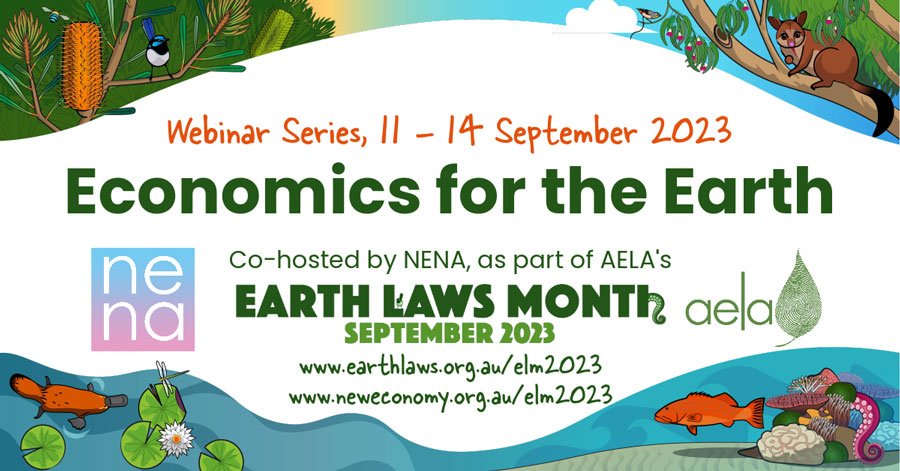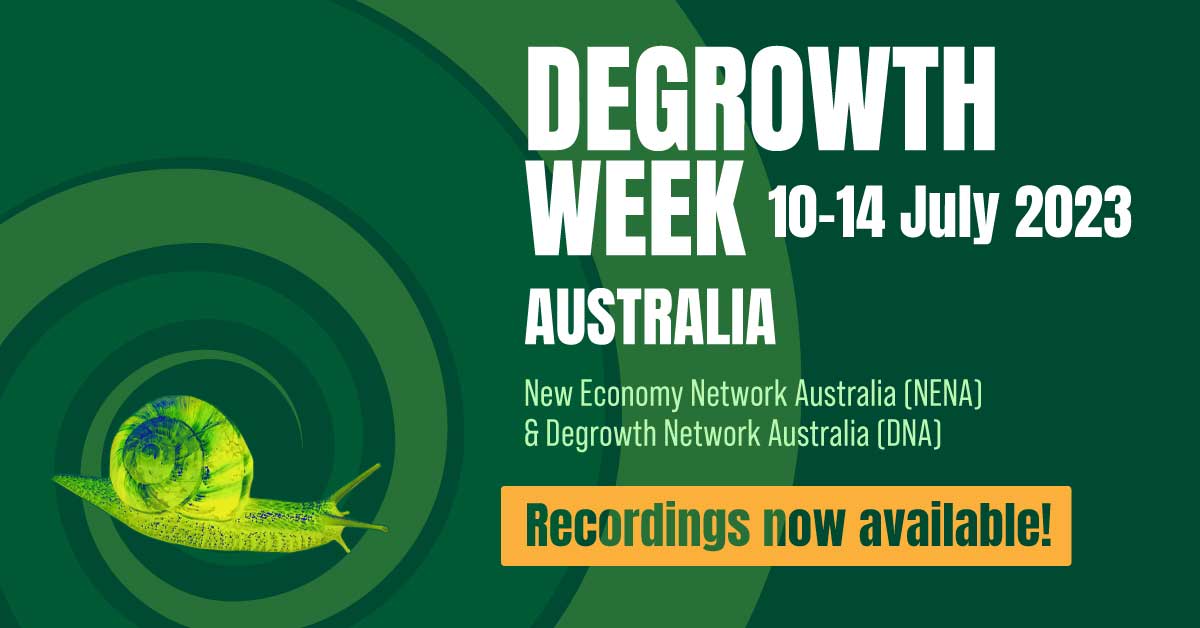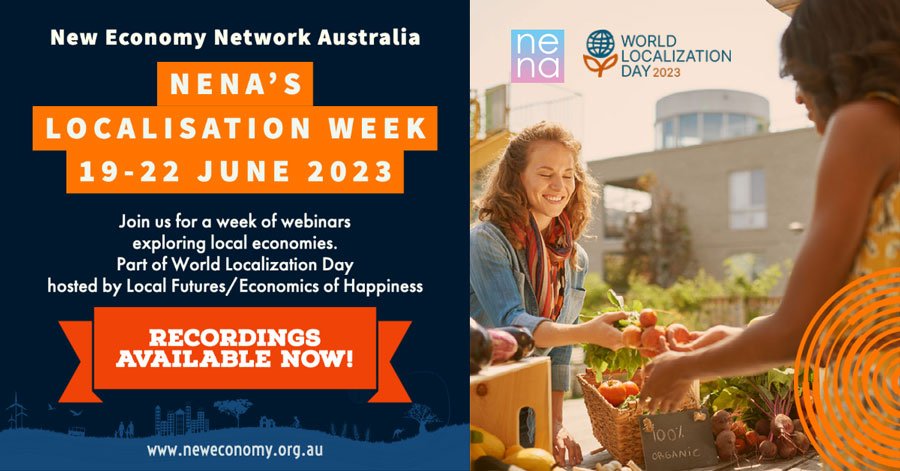Commonly defined as ‘the capacity to do work’, energy has always been central to human societies, whether produced by an open fire, a water mill, or a nuclear reactor. There are deep links between available energy and the very structure of civilizations, including their types of social organization and levels of complexity. While this relationship is obviously not deterministic, there are technological and economic arrangements, such those we enjoy today, which are likely unattainable at significantly lower levels of energy consumption. Understanding energy is critical to accurately discerning where we are going as a society and what we can hope to achieve.
Energy is typically understood via simplistic narratives, which often inform expectations of what our lifestyles and society at large ought to look like. Here are two of the more prominent examples:
- Energy transition presents an urgent moral duality: the old, bad, and dirty energy sources versus the new, clean, and eco-friendly alternatives. We already have the requisite technology to carry out the transition to renewable energy and the only serious barriers are political in nature.
- Fossil fuels are miraculous, prosperity-building, and geo-politically important resources, which should not be disregarded in favour of unproven, unreliable alternatives. As for climate change, no problem, we’ll have the tech for that.
Nowhere is the first narrative more clearly depicted than in Alexandria Ocasio-Cortez’s recent ‘A Message From The Future’ video, while the second narrative is clearly captured in PR communications from major oil companies loaded with promises of jobs and technological breakthroughs. Neither of these narratives is totally correct, but neither is totally wrong either. The first rightly highlights the social and ecological imperatives we face and how some forms of energy production are much less harmful than others, but tends to downplay the challenges and implications of transforming the entire energy basis of modern economies. The second accurately identifies the unique qualities of fossil energy resources and their role in reaching our current level of development, but fails to identify that these have a limited lifespan, both in terms of their physical abundance and the extent to which we can use them without unacceptable consequences.
Much discussion and research in recent years has focused on the prospects for a global transition to renewable energy, motivated by growing awareness of the existential threat posed by global climate change as well as localized environmental issues stemming from the production and consumption of fossil and nuclear energy. Despite the hype around renewables, the global energy system is still 96% non-renewable, while solar and wind—the two renewable energy sources with the greatest growth potential—supplied just a little over 1% of total world energy in 2018 [1]. Clearly, we have a long way to go. Given that the global energy system is by far the largest, most technologically advanced collection of built capital, supporting infrastructure, expertise, and organizational capacity that has ever existed, a transition on this scale has no historical precedent. It will necessarily test the limits of modern societies to supply the required investments, adapt energy consumption behaviours, and re-engineer production processes and transportation networks to utilize intermittent flows of renewable energy. It will also take a long time—Vaclav Smil notes that energy transitions typically occur over multiple decades or centuries, not the expedited timeframes suggested by many proponents of rapid transition [2].
The production of energy is strongly autocatalytic in a way that the production of many other economic necessities is not. That is, the global energy system is highly dependent on its own output. As renewable energy sources typically produce a more limited energy surpluses than their non-renewable counterparts, this autocatalytic nature raises the spectre of a ‘net energy trap’, in which net energy produced becomes insufficient to both a) satisfy society’s needs for energy services, and b) invest in the required growth and maintenance of the energy system itself. Such a situation, if not recognised in time and averted via drastic conservation measures, could lead to a terminal decline in available energy with profound societal consequences. Avoiding a net energy trap requires recognition that the transition to renewable energy is not simply the outcome of the right set of policy settings, but a complex, path-dependent, socio-metabolic process. In other words, the transition will be far more constrained in terms of what we can achieve than we often like to think.
Let’s consider for a moment the manufacturing of silicon wafers in solar PV panels and advanced metal alloys in wind turbines, requiring very high temperatures currently provided by burning natural gas or coal. Will it be possible to run solar PV panel and wind turbine production lines using solar- and wind-generated electricity in the future? We don’t know, but there are reasons to be sceptical [3]. These energy sources remain highly dependent on the existing system and function less as a replacement for the fossil fuel economy and more as a temporary extension of it. The empirical evidence agrees—renewable energy investment does a poor job of displacing fossil fuels [4]. Of course, there are exceptions (such as traditionally produced biomass), but these have nowhere near the potential scale required to run today’s enormous globalized, industrialized economy.
Wherever the present limit lies on the path to a 100% renewable energy system, we can and should push this limit through changes to consumption behaviours on the part of both industries and households, through things like shared utilization of end-use capital and energy services (think communal kitchens), a shift away from preferred but inefficient types of end-use capital (e.g. prioritizing public transit and micromobility over cars), greater alignment of demand to match intermittent supply, and overall demand reduction. However, it is precisely these kinds of changes which are more difficult to motivate, especially among those following the second narrative described above who may assume that high-energy, fossil-fuelled lifestyles represent ‘the good life’.
That we must one day rely solely on renewable energy is true by definition. The fossil and nuclear fuels are depleting resources and their use entails ecological harm on an immense scale. Therefore, this use will eventually become infeasible, unacceptable, and uneconomic. But there is no guarantee that we will complete the transition while maintaining a society that looks like the one we know today.
The prospects and implications of shifting toward renewable energy extend far beyond extrapolations of experiences to date. When politicians and activists say “we have the technology” they vastly understate the challenges, potential barriers, and ultimate consequences involved in the transition. This is a distraction we can scarcely afford as we collectively face an energy future which will be more complex, more unpredictable, and more challenging than anything we’ve previously encountered.
References
- 1. BP, BP Statistical Review of World Energy 2019. 2019, BP. p. 64.
- 2. Smil, V., Energy transitions : history, requirements, prospects. 2010, Santa Barbara, CA: Praeger.
- 3. Moriarty, P. and D. Honnery, Can renewable energy power the future? Energy Policy, 2016. 93: p. 3-7.
- 4. York, R., Do alternative energy sources displace fossil fuels? Nature Climate Change, 2012. 2(6): p. 441-443.

















